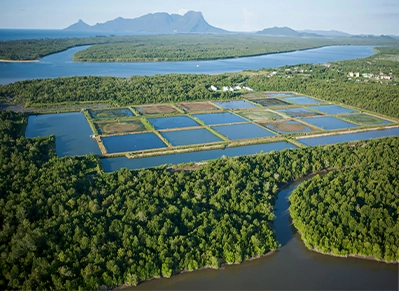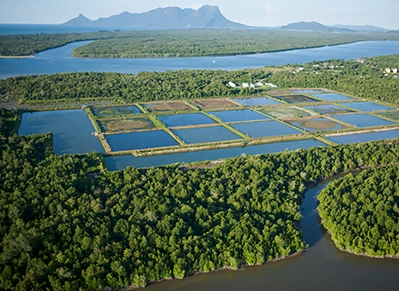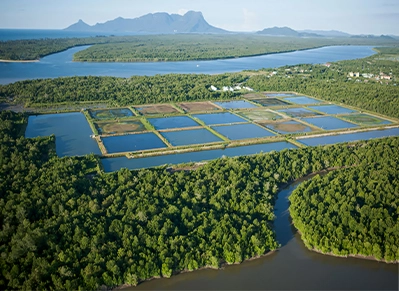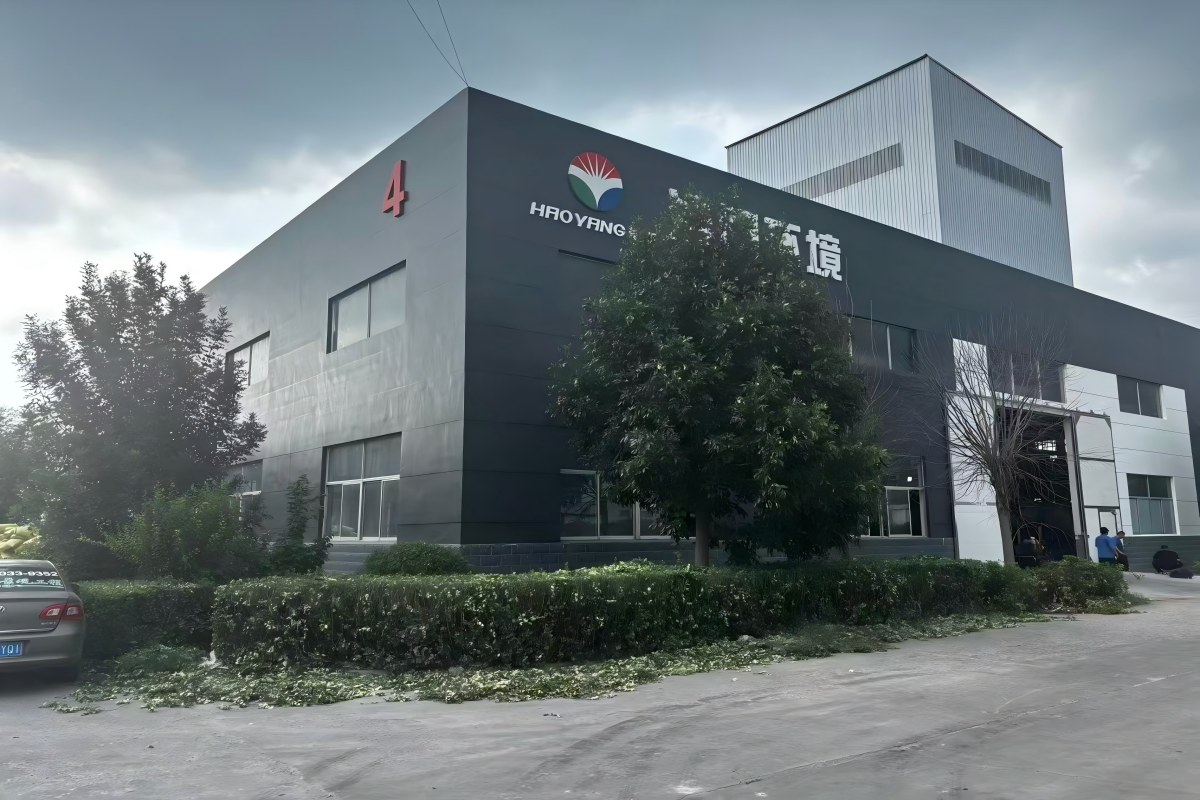Haoyang Environmental Technology Clay Liner in Landfill Design Secures Environment
In the world of environmental engineering, where high-tech solutions often grab attention, a fundamental material is making a quiet comeback. Haoyang Environmental Technology has refined an age-old solution for modern waste containment needs. While synthetic geomembranes dominate conversations, their clay-based counterparts work relentlessly beneath the surface, providing a different kind of security that only natural materials can offer.
The Engineering Behind Natural Materials
Walk into Haoyang's research facility, and you'll find engineers conducting what they call "material awakening" sessions. They're working with sodium bentonite, a special clay that behaves quite extraordinarily when it introduces moisture. "We're not manufacturing from scratch," explains Dr. Chen, a senior materials scientist. "We're enhancing what nature already perfected over millions of years."
The transformation begins when this humble gray powder meets water, swelling to several times its original volume. This isn't just simple absorption—it's a sophisticated hydraulic response that forms an impermeable gel-like barrier. Traditional compacted clay liners required extensive earthworks and perfect weather conditions. Haoyang's approach combines this natural clay with geosynthetic materials, creating what industry specialists recognize as enhanced bentonite geosynthetic clay liner systems.
What truly sets this solution apart is its inherent intelligence. When the liner sustains minor damage—perhaps from settling ground or accidental puncture during installation—the bentonite particles migrate toward the breach. They swell upon contact with moisture, effectively creating a natural patch. This self-healing capability provides peace of mind that rigid synthetic barriers simply cannot match.
Building a Multi-Layered Defense Strategy
Real-world engineering rarely relies on single solutions. Haoyang's technical teams have developed what they term a "composite defense methodology" through years of field experience.
The beauty of this system lies in how different materials work together. Take the coastal city landfill retrofit project as an example. Engineers first installed a compacted clay liner, then added a bentonite geosynthetic clay liner, and finally covered it with a high-performance polyethylene membrane. Each layer serves a distinct purpose, creating what project managers describe as "redundant protection."
"It's like dressing the landfill in multiple layers of specialized clothing," says Project Director Michael Roberts. "The clay liner acts like breathable base layers—they might not be the most visible component, but they provide essential protection closest to the source." This layered approach means that even if the primary barrier faces compromise, the underlying clay liner in landfill systems continues providing reliable secondary protection.
The Long-Term Value of Sustainable Solutions
During project planning phases, many clients focus heavily on upfront costs. Haoyang's teams encourage looking at the bigger financial picture.
They recently conducted a decade-long performance review of one of their earliest installations. The findings revealed that sites using their enhanced clay liner landfill systems maintained excellent hydraulic performance with minimal maintenance interventions. Meanwhile, a comparable site using conventional methods required significant repair work due to localized leakage issues.
"Quality clay liners represent a solid long-term investment in environmental protection," states financial analyst Sarah Wilkinson. "While the initial price point might be higher than some alternatives, the lifecycle cost analysis tells a different story altogether."
Furthermore, when these clay-based materials eventually reach end-of-service life, they return to the earth without leaving persistent pollutants behind. This cradle-to-cradle philosophy forms the cornerstone of Haoyang's environmental commitment.
Conclusion
As environmental standards continue evolving, the requirements for waste containment grow increasingly stringent. Haoyang's work demonstrates how traditional materials, when understood deeply and applied intelligently, can solve modern environmental challenges. Their clay liner in landfill applications represents more than just technical innovation—it shows how working with nature's wisdom often leads to the most sustainable solutions. In the journey toward ecological responsibility, this back-to-basics approach, enhanced by contemporary engineering insights, offers valuable lessons for our collective future.










